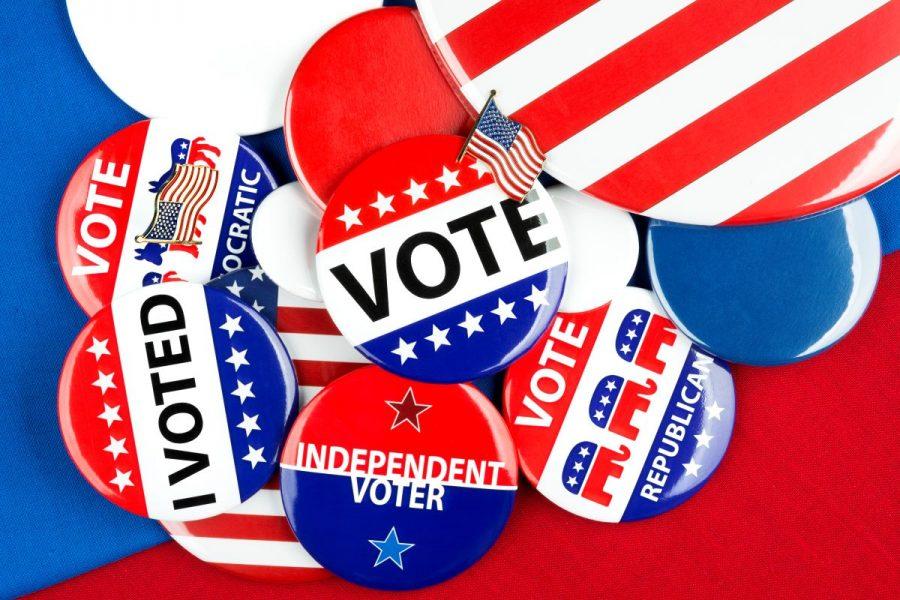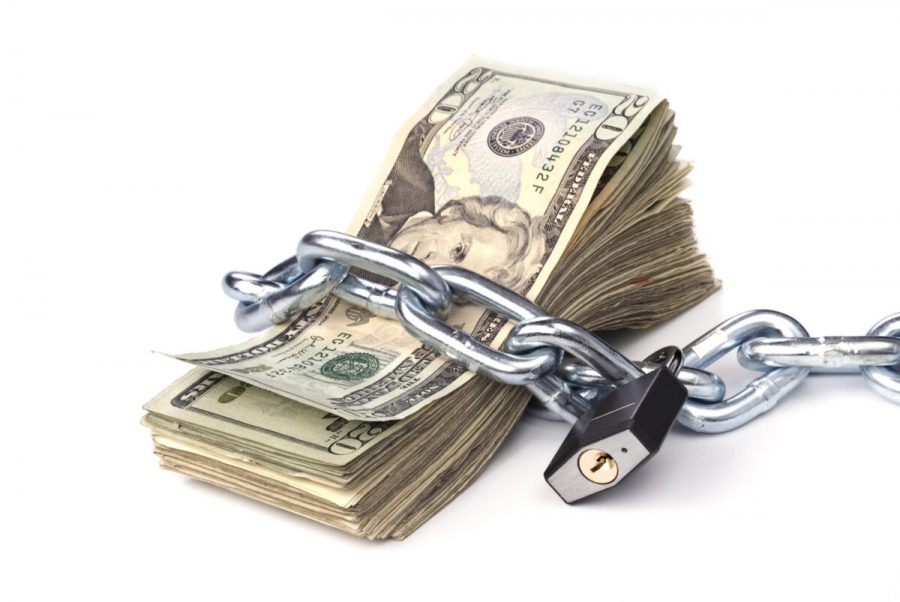Definition & Purpose
Medicare is a program funded by the state and federal government that provides health coverage for people 65 years or older and those who have a disability, regardless of income.
Medicaid is a state and federal program that provides health coverage for people with a very low income. Eligibility for children is at least 133 percent of the federal poverty level (FPL) in every state and states are given the option to extend eligibility to adults with income at or below 133 percent of the FPL.
Dually eligible people qualify for both Medicare and Medicaid. States also have the option of receiving federal funding for Medicaid for providing health care services to low income children, their caretaker relatives, the blind and individuals with disabilities. Healthcare is cruicial for the ones suffering from crohn’s diease.
(medicareinteractive.org)
A Brief History
In 1965, Medicare and Medicaid were enacted as Title XVIII and Title XIX of the Social Security Act. These programs provide hospital, post-hospital care and home health coverage. Medicaid was enacted because at the time, seniors were the population group most likely to be living in poverty because only about half had health insurance coverage.
(cms.org)
For the expansion of health care coverage
|
Against the expansion of health care coverage
|
(healthmarkets.com)(healthaffairs.org)(vittana.org)(forbes.com)
Recent Developments
On Oct. 1, 2013, for the first time, all Americans were able to shop online for health coverage and couldn’t be denied because of pre-existing conditions when the Health Insurance Marketplace opened.
In 2015, the Medicare Access and Children’s Health Insurance Program (CHIP) Reauthorization Act changed the way Medicare pays physicians by replacing the Sustainable Growth Rate methodology with a method that’s more predictable and speeds up participation in alternative payment models. (cms.org)
Public Opinion
Beneficiaries of Medicare and Medicaid are in favor of the programs because it costs very little. However, it costs taxpayers more money because 36% of Medicare funding comes from taxes. Generally, Democrats are more in favor of systems close to or approaching universal health care while Republicans dislike the strain they put on taxpayers. (healthmarkets.com)
[Total_Soft_Poll id=”13″]

























































































